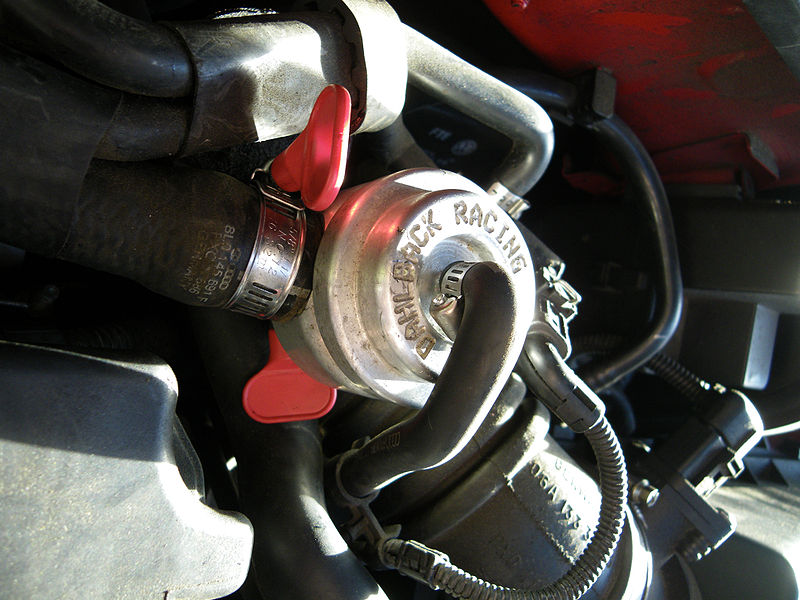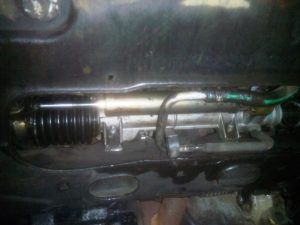Contents
– What is the purpose of the solenoid valve?
– Operation of the solenoid valve
– Solenoid valve: maintenance and malfunctions
– Price of the solenoid valve
The solenoid valve is more and more present in the engine block of today’s vehicles. What are the characteristics, the operating principle and the usefulness of this essential part? Are there any risks of malfunction, and finally, what is the price of a solenoid valve? The answers in this article.
What is the purpose of the solenoid valve?
The solenoid valve is a mechanical part used in the industrial field and the automotive field.
It is made of various materials such as brass, bronze, plastic, and stainless steel.
A solenoid valve consists of a block connecting the various components, a bell containing the different sectioning elements, a piston or diaphragm, the central part of the device, and a valve to open and close the piston, plus an electromagnet to operate the valve.
The solenoid valve is designed to reduce CO2 emissions from gasoline and diesel engines. It allows between 5 and 40% of the exhaust gases to be reinjected into the combustion chamber. This leads to a reduction in the oxygen content and consequently cools the combustion in the cylinders.
Good to know: The solenoid valve is a component of the injection pump connected to a source of vacuum air used a lot on turbo engines, whose role is to cool the compressed air, which prevents overheating of the circuit.
Operation of the solenoid valve

The opening valve is operated by an electrical control (the latter system is implemented since 2012). This function, therefore, allows the evacuation of excess exhaust gases while reducing the amount of oxygen.
Good to know: The solenoid valve is controlled by an ECU that transmits information to the system.
Solenoid valve: maintenance and malfunctions
No special care is required for the solenoid valve. However, you can check its good working order during a periodic inspection of the vehicle. However, if the solenoid valve malfunctions, faults may occur. The most common ones are that the engine does not start or continues to run when the ignition is switched off.
In the first case, remove the solenoid valve by removing the piston spring and then reassemble it. You can then restart the engine.
In the second case, it is recommended to stall the engine to cut off the supply circuit and restart.
Note: If the failure persists, it is advisable to replace the faulty solenoid valve or, better, to call in a professional.
Price of the solenoid valve
You can buy a solenoid valve in stores selling car accessories and mechanical parts and specialized websites.
The price of a solenoid air valve is often between $70 and $150, depending on the type and model of the vehicle.
Note: If you are not an experienced mechanic, it is better to call a professional who will replace the faulty solenoid air valve. In this case, the cost of labour is extra. You can provide an estimate upon request.
Read more:
– The Solution to Combat Engine Fouling
– Why Will You Remove the Catalyst Converter?
– A Guide to Understanding Automotive Mechanics
– Why Perform a Car Diagnostic?
– Increasing the Pressure of a Turbo (Part 1)
– What Is Ultrasonic Car Injector Cleaning?
– 4 Essential Tips to Clean a Car Injector
– How to Check for Car Water Pump Issues
– My Car Is Overheating! What Could Be Wrong?
How did you find this post? Remember to let us know in the comment below.




One thought on “Solenoid Valve: Operation, Malfunctions and Maintenance”